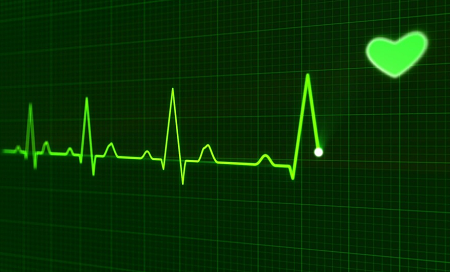Mathematical Model of Heart Rhythms May Improve Understanding of Cardiac Arrhythmias

Heart rhythms can be monitored with electrocardiograms (ECGs) to identify abnormal activity or existing pathological conditions. A way to translate ECG patterns to electrical activity in the whole heart can offer insights into how cardiac arrhythmias, or abnormal heart rhythms, arise and better interpretation of ECGs. Previous mathematical models have not been able to simulate whole heart electrical activity to reflect realistic ECG patterns. Researchers from the Indian Institute of Technology Madras recently developed a mathematical model capable of simulating ECG patterns to whole heart electrical activities in 2-D. In comparison with previous computational models, this new model can simulate many more fatal and nonfatal cardiac arrhythmias with less computational complexity. Hence, it is much faster and requires less computational resources. Although there are still some limitations to this model given its 2-D rather than 3-D nature, this simplified model nonetheless provides valuable insights into abnormal heart electrical activities and can serve as a vital analytical tool for explaining clinical findings on ECGs of a large variety of cardiac arrhythmias.
References
- Balakrishnan M, Chakravarthy VS, Guhathakurta S. Simulation of cardiac arrhythmias using a 2D heterogeneous whole heart model. Front Physiol. 2015;6:374. doi: 10.3389/fphys.2015.00374. http://journal.frontiersin.org/article/10.3389/fphys.2015.00374/full?utm_source=newsletter&utm_medium=email&utm_campaign=Physiology-w11-2016. Accessed March 22, 2016.







